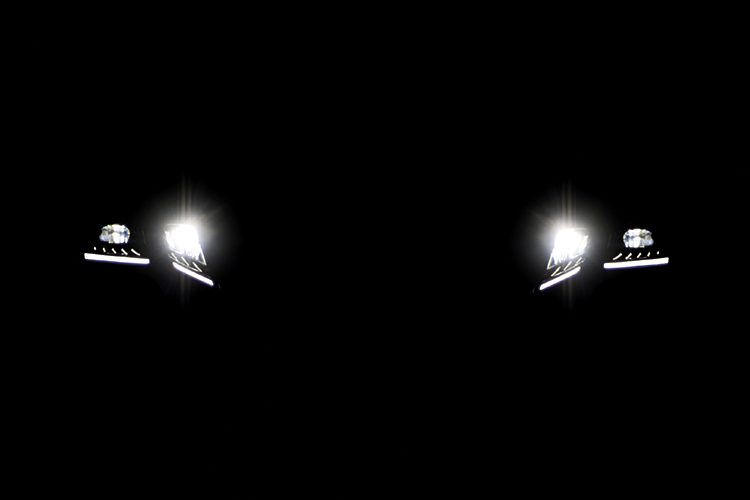Virtual Night-time Drive

When we meet someone we don’t know, we usually look in their eyes first. The eyes of any vehicle are its headlamps. Let’s go on a virtual night-time drive with ŠKODA!
30. 10. 2018 Škoda World INNOVATION & TECHNOLOGYMedia Box
9 images
Show more
Show less






















